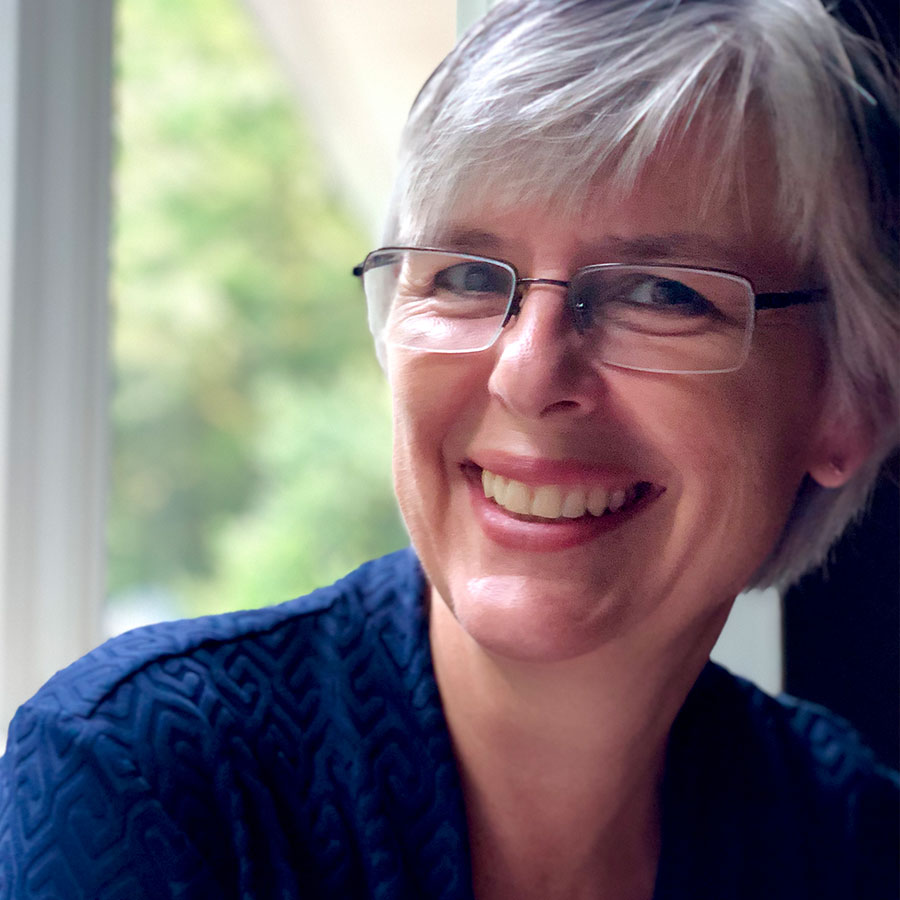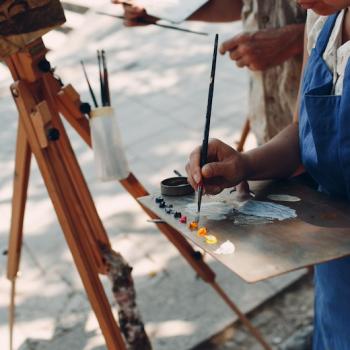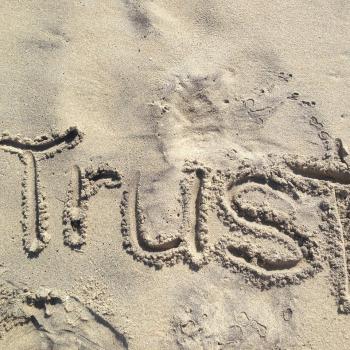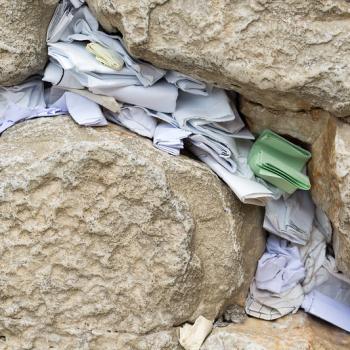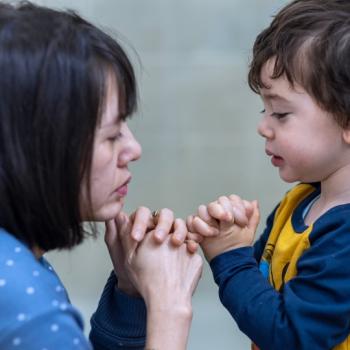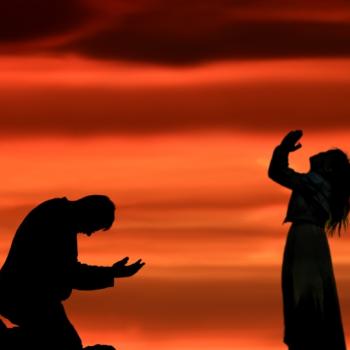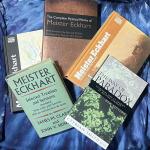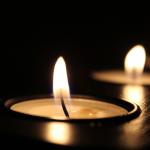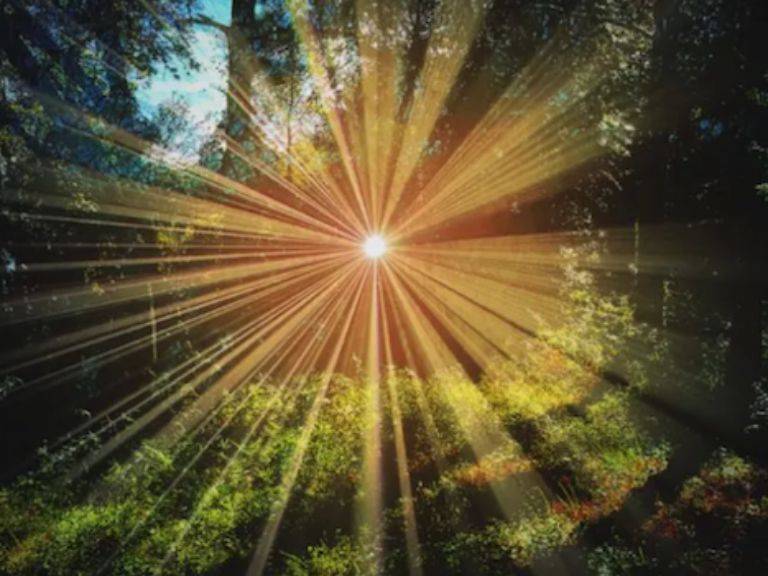
For the annual United Nations observance of World Interfaith Harmony Week, communities around the world have hosted events in person and online. Breakfasts, services, workshops, walks, symposia. Peace-making initiatives and calls to climate action. Events fostering unity and interfaith harmony through storytelling and environmental education. Art exhibitions, concerts, spaces of stillness and meditation. In mosques, synagogues, churches, temples, meeting houses, gurdwaras. Intersectionality of traditions, issues, and media. Watching the flow of events through this past week has felt like life-giving oxygen refilling lungs that have been starved of breathing deeply. The tension that holds us paralyzed during these times of war when we have not done enough to support our friends who are hurting. When we have been too cautious lest we offend with calls for ceasefire or offend by not. This week has been oasis. At the heart of it all, it prompts the question: what is your prayer for peace?
Alignment: Interfaith Contemplative Practices offered an event for World Interfaith Harmony Week. A virtual Prayer Wall for Peace. The invitation was open to all, of any faith tradition or none, to click on the wall and add an image, a quote, a song, a poem, a message of peace. A simple act not requiring us to log in or sign up, not asking us to be present at a certain time. Some opted to share their names, communities, and affiliation with a tradition, but most did not. Some told me that they visited often to see what other messages were left there or even adding another message each time they visited. Perhaps it felt like respite for them as well. A place that held no obligations or requirements. Just hope. Hope that in a forum that was open to all and available through social media and websites, people of different traditions visited just to leave a thought about interfaith harmony. Each block building the wall was a prayer for peace in its own right.
Israeli Jewish and Palestinian youth sing for peace. Jerusalem Youth Chorus and Andy Grammar: “Don’t Give Up On Me”
Posted on the Prayer Wall for Peace by Rabbi Ariel Tarash.
A Vision of Peace
If you were to click on the wall and be faced with a blank square on which to leave a message, what would your prayer for peace be? Would it begin with a dream? An image in your mind of gathering people who were different in so many ways from you – their race, religion, sexuality. People whose ways of thinking are different from yours – with regards to politics, neurodiversity, socio-economic class. People who see the solutions to conflict in a different way from you. And the vision of them all being able to leave a message on the wall next to yours wanting the same thing. To be safe. To be loved. To be understood. Your prayer for peace might begin with an image of peace. And that image might be expressed by a photograph from your camera roll. Or a song that plays on repeat as you walk to work. Or a quote that you wrote on a sticky note and put above your desk. Each one a prayer.
Some prayers have words.
Some are only colors.
Some carry hope and others deep despair.
Each one holds a vision that somewhere in it all
There is connection
That what I am feeling is held
And lifted
And carried gently into being
One stone that builds a wall
When added to your stone
And together make a parapet of peace against
All the voices railing that there is only one way.
What is the vision held in your prayer for peace? A Quaker friend posted this on the Prayer Wall for Peace:
“We need, in every community, a group of angelic troublemakers.” – Bayard Rustin
May we find in ourselves and our communities angelic troublemakers ready to step into the work of peace.


